Lice in Horses
Updated on 04/26/24
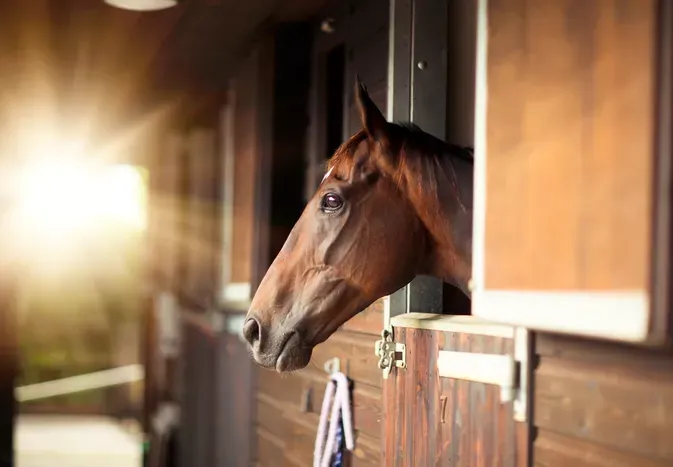
Unveiling the Nuisance: Lice in Horses - A Comprehensive Guide
Introduction
Lice, tiny ectoparasites that infest the skin of horses, can cause a range of health problems and discomfort for your equine companions. Understanding the types, life cycle, and effective management of lice is crucial for maintaining the well-being of your horses. This comprehensive guide delves into the intricate world of lice infestation, arming you with the knowledge and strategies to effectively combat these pesky parasites.
Types of Lice Affecting Horses
Horses can be afflicted by three main types of lice:
1. Biting Lice (Damalinia equi)
* Commonest type, found on the head, neck, and back
* Feed on skin debris, causing irritation and itching
2. Sucking Lice (Hematopinus asini)
* Less common, typically found on the underside of the body
* Pierce the skin to feed on blood, causing anemia and weight loss
3. Pubic Lice (Phthirus pubis)
* Infest the groin and tail areas
* Transmit through close contact, causing severe itching and infections
Life Cycle of Lice
The life cycle of lice consists of three stages: egg, nymph, and adult.
* Egg (nit): Oval, pale-colored eggs are laid on hairs close to the skin.
* Nymph: Resemble adults but smaller, go through several molts before reaching maturity.
* Adult: Feed on horse's skin or blood, lay eggs, and complete the life cycle.
Symptoms of Lice Infestation
Identifying lice infestation in horses can be challenging, as symptoms may be subtle or mistaken for other skin conditions. Common signs include:
* Intense itching, causing horses to rub against objects
* Skin irritation and redness
* Crusty or scabby skin
* Hair loss and dull coat
* Anemia (in case of sucking lice)
* General discomfort and reduced performance
Consequences of Lice Infestation
Lice infestation can have various negative consequences for horses:
* Health issues: Itching and skin irritation can lead to infections, hair loss, and skin damage.
* Reduced performance: Discomfort and itching can impair focus and athletic performance.
* Transmission of pathogens: Lice can transmit diseases such as equine infectious anemia and habronemiasis.
* Economic impact: Infested horses may require veterinary treatment, leading to financial losses.
Diagnosis and Treatment
Diagnosis of lice infestation typically involves a physical examination by a veterinarian. Treatment options include:
* Insecticidal shampoos and dips: These products contain chemicals that kill lice on contact.
* Pour-on and spot-on treatments: Topical applications that release insecticides gradually.
* Oral medications: Prescribed to treat severe infestations or sucking lice.
Management and Prevention
Effective management of lice infestation involves a combination of measures:
* Environmental control: Keep stables clean and free from manure and bedding.
* Regular grooming: Use a fine-toothed curry comb to remove lice and eggs.
* Isolation of infested horses: Prevent contact with other horses to avoid spread of infestation.
* Chemical treatments: Use approved insecticides as directed by your veterinarian.
* Equine quarantine: Isolate new horses and treat them for potential lice before introducing them to the herd.
Conclusion
Lice infestation in horses can be a nuisance that affects their health and well-being. Understanding the different types of lice, their life cycle, and symptoms is essential for early detection and effective management. By implementing the strategies outlined in this guide, you can proactively prevent and control lice infestation, ensuring the health and happiness of your equine companions.
Explore More Pets
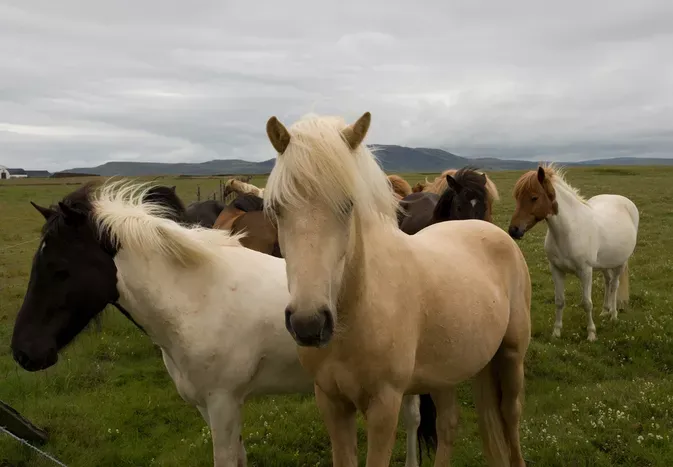
Pony Breeds
The Difference Between Horses and Ponies
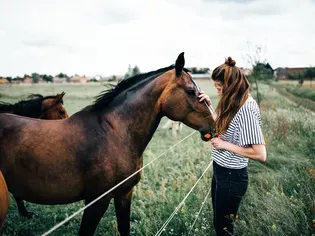
Horse Diseases & Conditions
What Do I Do If My Horse Colics?
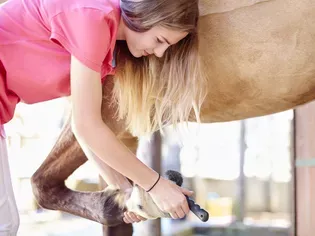
Pony Breeds
Horse and Pony Care by the Day, Week, Month and Year
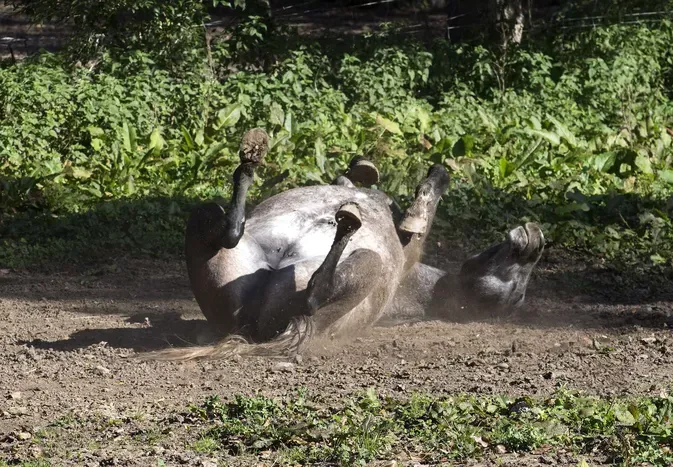
Horse Grooming
Mange in Horses
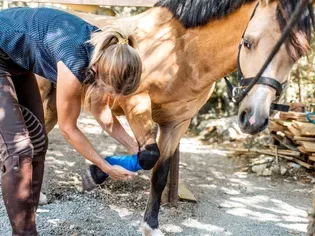
Horse Diseases & Conditions
Grease Heel in Horses
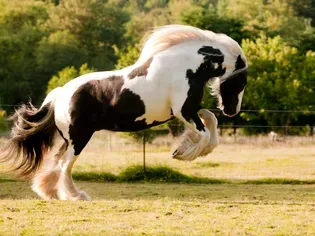
Light Horse Breeds
Gypsy Vanner Horse Breed Profile
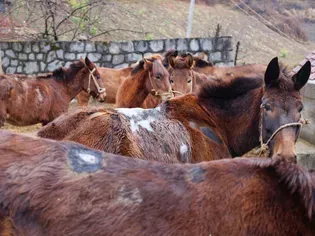
Horse Diseases & Conditions
Girth Galls and Saddle Sores
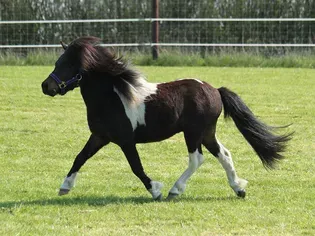
Pony Breeds
Shetland Pony Breed Profile